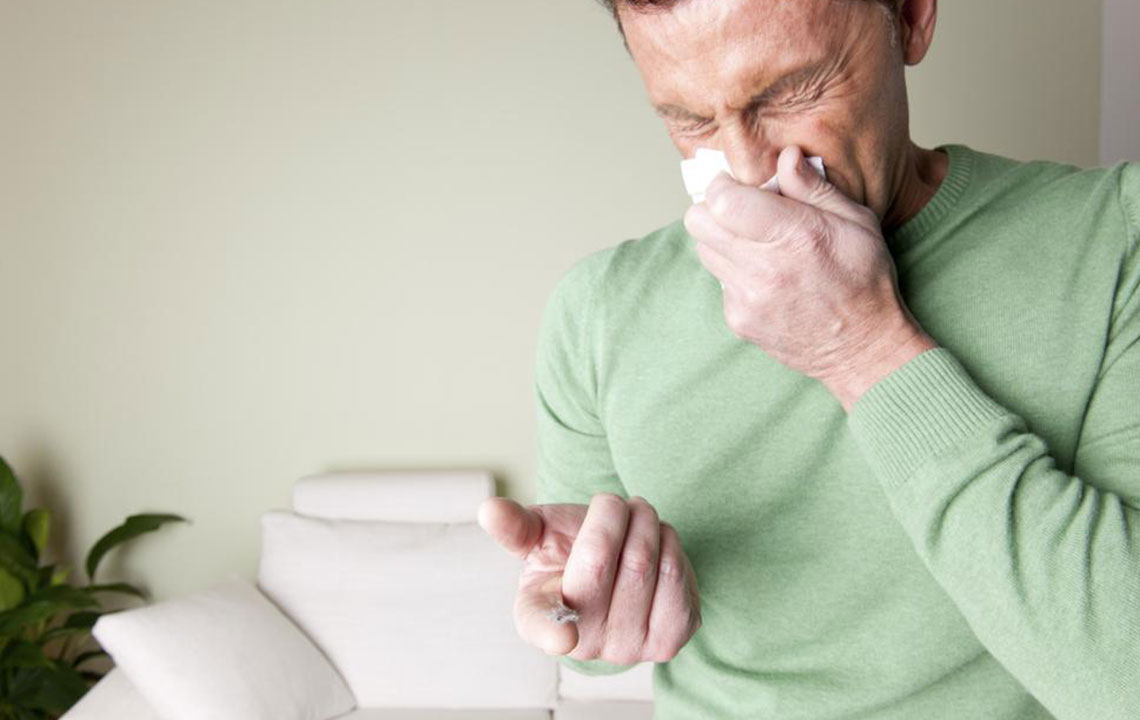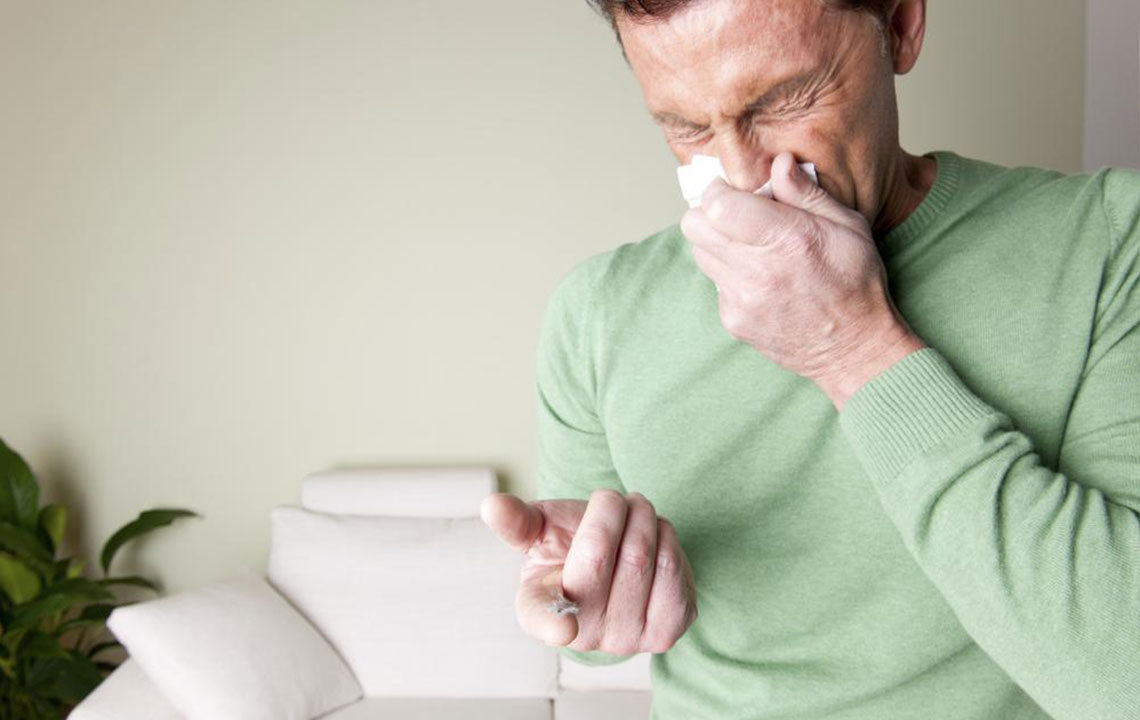Identifying Mold Allergy: Symptoms and Precautions
This article explores the signs and symptoms of mold allergy, highlighting common reactions like nasal congestion, cough, and sneezing. It emphasizes the importance of detecting mold presence, especially in humid conditions, and offers tips for prevention. The piece also discusses the impact on children and the significance of maintaining mold-free environments to prevent health issues, urging readers to seek professional medical advice for proper management.

Mold is a common presence in many environments, particularly in humid, low-lying areas near lakes or where leaks go unnoticed in basements and bathrooms. Often, mold remains hidden, but sensitive individuals may react when mold spores become airborne. Symptoms of mold allergy resemble typical cold signs, including coughing and sneezing. Common signs include a runny nose, cough, sneezing, itchy throat, and nasal congestion. Mold thrives in moist conditions, especially during the rainy season, and can worsen allergy symptoms over time. Children and individuals with respiratory issues should prevent mold exposure by maintaining a clean, dry environment both at home and in schools. Always consult healthcare professionals for proper diagnosis and treatment.










